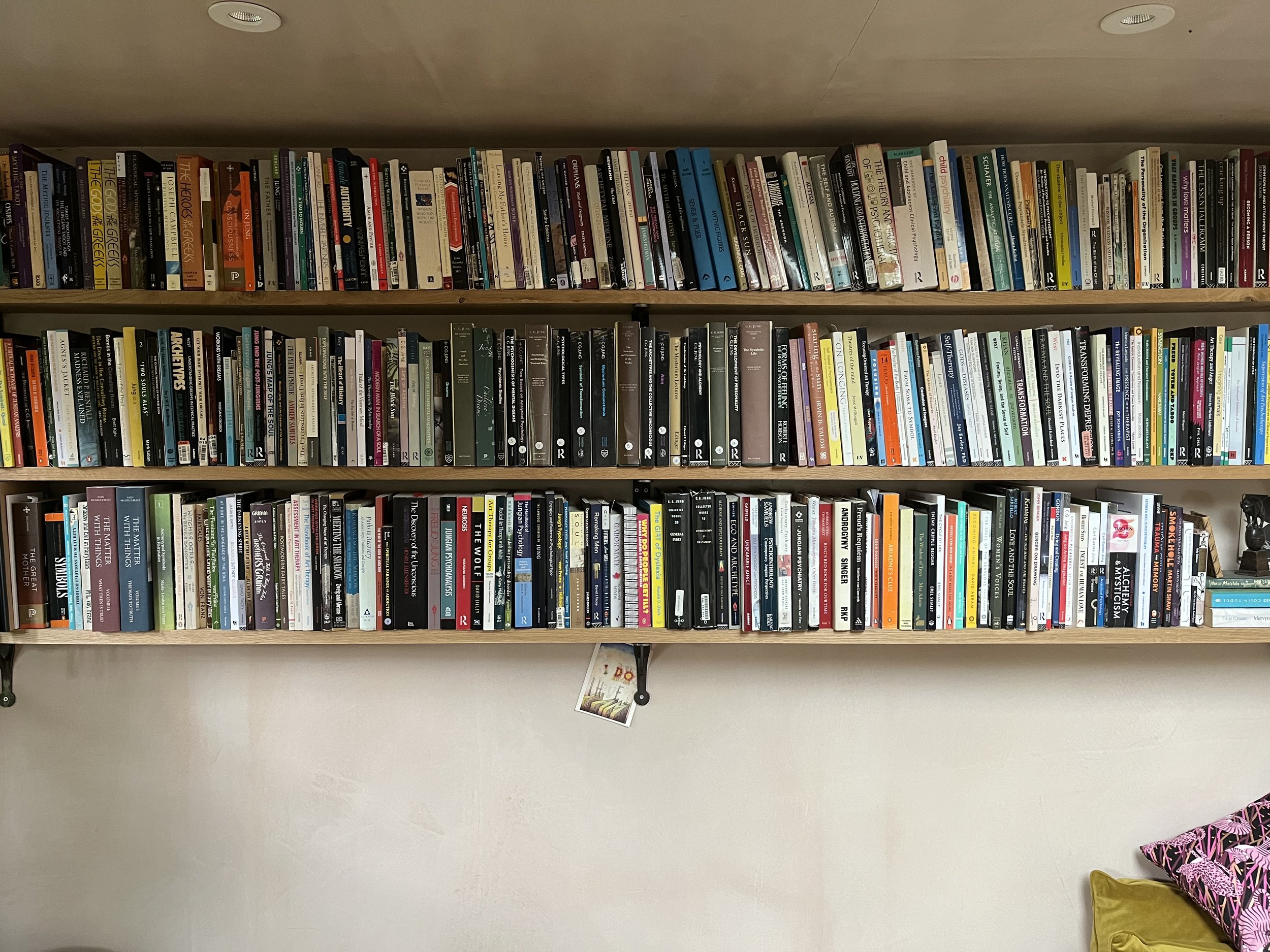
about it
“…one has only learnt to get the better of words for the thing one no longer has to say, or the way in which one is no longer disposed to say it.” T.S.Elliot. East Coker.
When we think of psychotherapy, we think of words, (‘the talking cure’), and words are very important. Communicating aspects of oneself to another, feeling met and heard and understood underpins the process. But it is so often difficult to find language for issues that are troubling us. Sometimes we feel we know things in a non-verbal way, or have no words to speak about the issues. Sometimes we have too many words, or words, being so habitual keep us circling and saying the same thing, and don’t quite touch the real issue.
Both depth psychotherapy and art psychotherapy value the unspoken as much, if not more than what is said. The quality of how things ‘feel’ in the room, silences, one’s changing moods or perceptions, sudden distractions or ruminating preoccupations are all as valuable as clearly articulated thoughts. As we know, an image speaks a thousand words, whether in the form of a dream one had during the week, a photograph, painting or moment in a film that caught one’s attention, or an image one has made oneself. Both dreams one has had or images one has made can be seen as little snapshots of our unconscious landscape as it is at that moment.
Traditionally depth psychotherapy emphasises the analysis of one’s dreams, and art psychotherapy is a process of making images during a session, with the witnessing of the therapist. Both are concerned with the unconscious, and both work relationally - with the unfolding elements of the relationship between therapist and client as a lens through which to understand how earlier relationships (such as with caregivers) may be causing difficulties in the present.
Each of us is different, and while some may have an active dream life, or feel comfortable making images, others do not. No matter what you bring, your very presence in the room will be bringing in what is needed. There is no ‘right’ or ‘wrong’ way, but just ‘how it is’ which is rich material for us to work with.
the shape of things
Sessions are 60 minutes long, and our first session is a chance for us to meet and decide whether it feels right to commit to a period of work together. Just like in any encounter between two people, the ‘fit’ is an influencing factor, and especially so when embarking on a journey that requires such vulnerability. Should we both feel it right to continue into regular work, it is usual to commit to a weekly (or more frequent) specific time and day which becomes your slot.
I am aware how hard it can feel to begin. Meeting with a stranger and revealing one’s most uncomfortable or vulnerable aspects IS daunting. Trust can take time, but I work to build a safe, containing and dependable space in which it can grow.
As well as face to face sessions, I do work on zoom if necessary, although I feel it is important to begin with at least a few in person meetings, to establish a fuller sense of each other first.